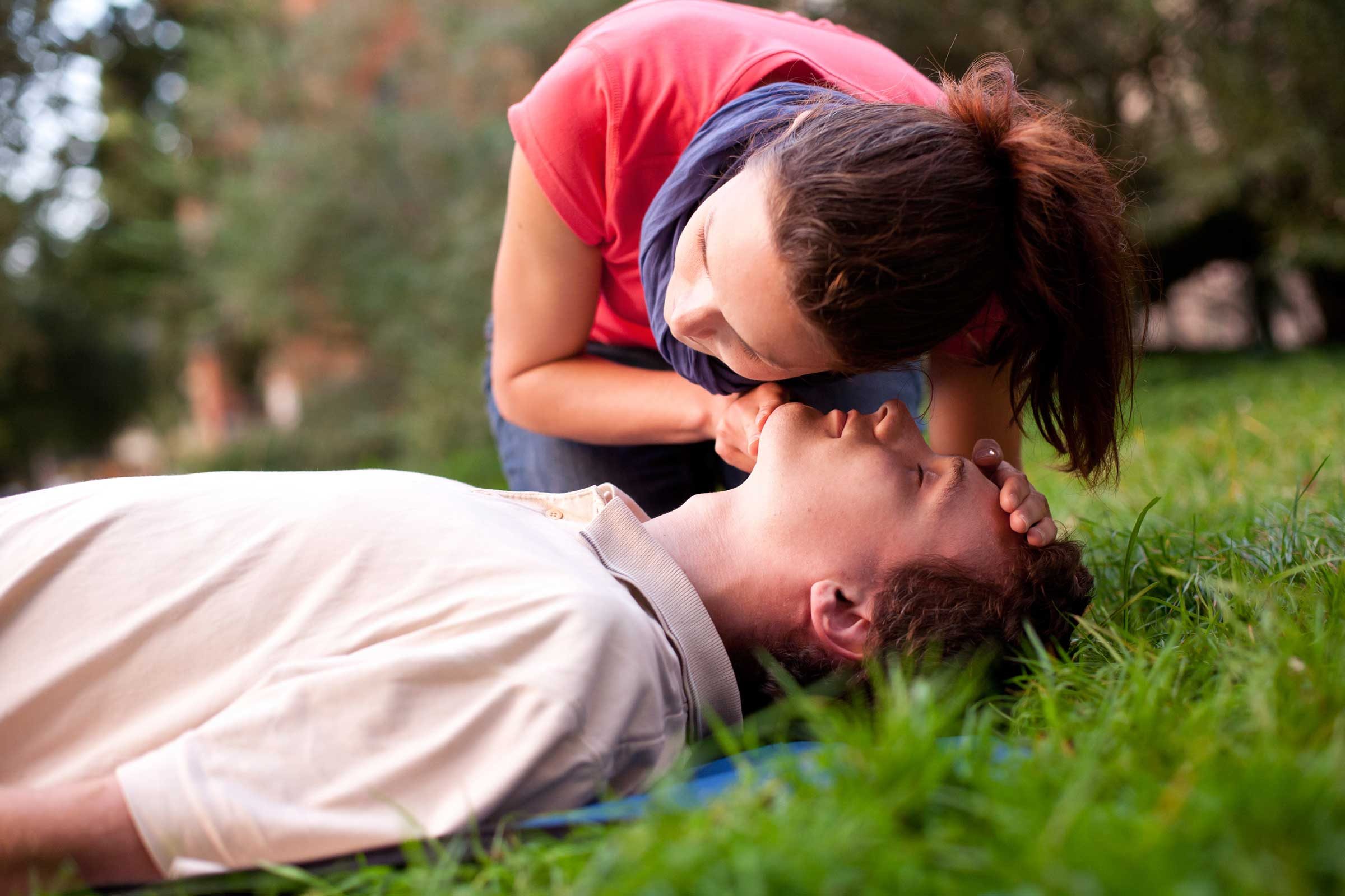Share




We sometimes hear about incidences of “tongue swallowing” in football. Upon digging the issue up, I learnt that it is impossible for a person to literally swallow their tongue; however, when someone loses their consciousness, the tongue muscle loses its tension and relaxes to the extent of closing the airway. If the situation is not handled quickly enough, tongue swallowing can be fatal, and this is where the role of first aid comes.
First aid is the cure or treatment given to an injured or sick person before professional medical care arrives. The purpose of first aid is to save lives, prevent case deterioration, and promote recovery. The first thing you have to do as a first aider is making sure that the casualty is no longer in danger. Then, check their consciousness through testing the level of response to questions you ask and to the pain they feel.
The next step is known as “ABC”; a term used to describe the physiological processes that should be checked once you approach the patient. The “A” stands for “Airway”, which must be clear without any obstruction. The “B” stands for “Breathing”; you have to make sure that the casualty is breathing normally by watching their chest movement and listening to the breathing sound. The “C” stands for “Circulation”, which can be checked using your pointer and middle finger. The two fingers are applied on the hollow part next to Adam’s apple to feel the carotid artery’s pulse; remember not to use your thumb, as it is a pulsating finger, which may lead to confusion and false results.
Some organizations add a “D” for “Deadly bleeding” or “Defibrillation”; other organizations use a different system of “3Bs”, which stands for “Breathing, Bleeding, and Bones”, or 4Bs, adding “Brain”. According to the results of the previous checkup, you will be able to determine which technique to apply. For example, if the airway is blocked by a foreign particle, bend the casualty over in a position parallel to the ground and hit them firmly between the shoulder blades. If the airway is not blocked and the casualty is not breathing, then they are suffering from tongue swallowing.

Place the casualty on their back and start by the “head tilt/chin lift” technique; apply pressure on the patient’s forehead and chin, tilting the head backward. Then, push in the middle of the chest and release at a regular rate; you can give them two breaths by closing their nose and breathing into their mouth.

If they are breathing but unconscious, rest them on their side with backward head tilting. In case of heart attack, make the casualty sit while leaning their back against the wall until the ambulance arrives.

If the casualty is severely bleeding, try to decrease or stop bleeding by applying pressure on the wound.

With proper training, which does not require much effort, applying first aid can be quite a simple task; yet, if applied properly, it can mean the difference between life and death.
References
medicalnewstoday.com
health.learninginfo.org
naturalhealingmagazine.com
redcross.org.uk